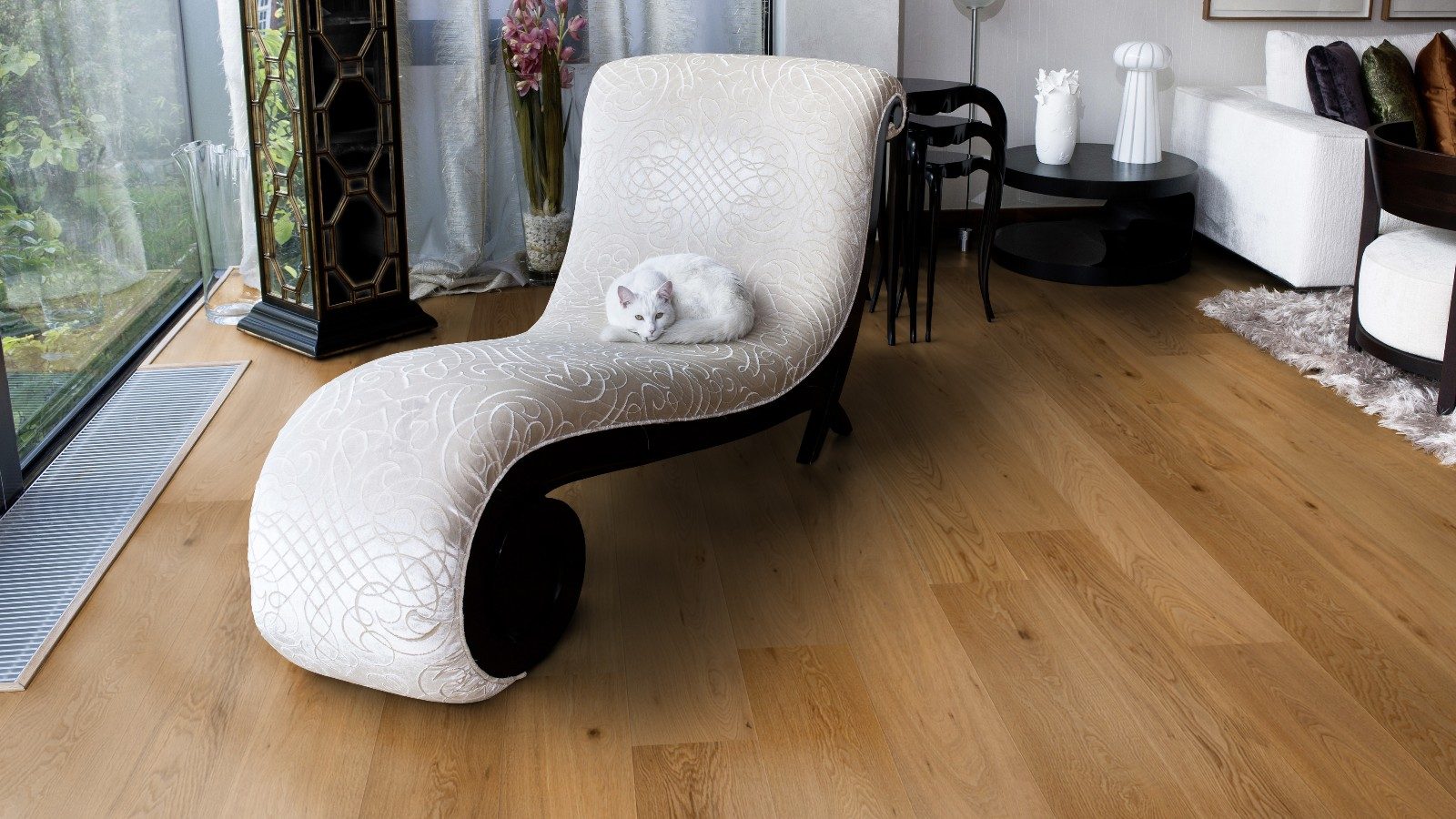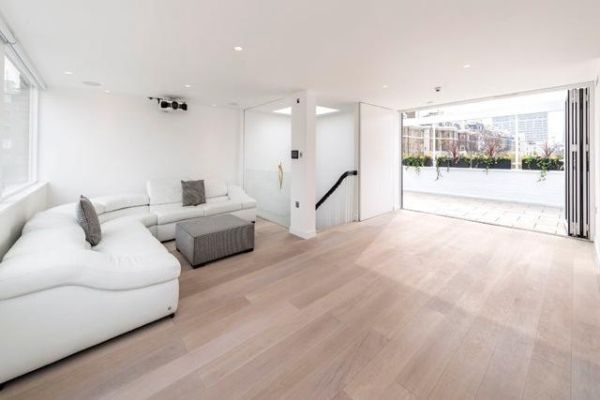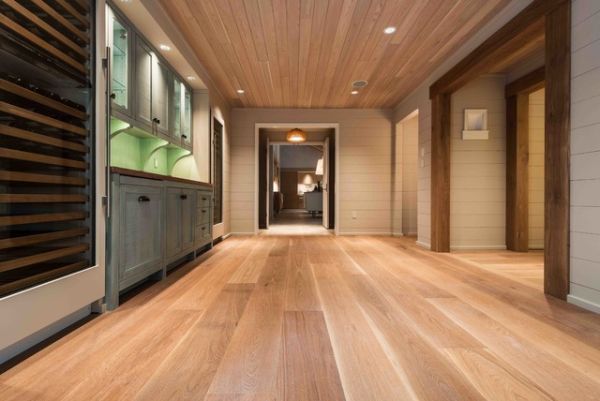
If you read this blog on a regular basis, you probably know that lumbered wood has one of four grades. These include: prime, select, natural and rustic, grouped depending on their appearance and number of knots, with prime having the most uniform colour and the smallest number of knots, and rustic having the largest number of knots and a more inconsistent colouration. However, those features don’t imply better quality of one of those types as compared to the other. They only differ when it comes to their look as well as the cost, which is lower the further down the list you go.
Prime grade wood

This grade is square edged and made from the finest wood or topped with it. It has little knots and has a minimal amount of sapwood defects and filler, if any. Prime grade flooring is sold at a much higher price as compared to other wood grades, as the wood used for its production are scarcer than that required to produce other grades and the trees from which this wood is manufactured need more time to grow. Very popular due to its uniform colour and a small number of knots, prime is really a top-notch grade of wood in the wood flooring industry.
Select grade wood

The second grade of wood we would like to discuss is select grade, which is a mix of almost prime boards with other planks having some more knots. It’s made from select grade wood or topped with it. Characteristic for this grade of wood is an insignificant number of small knots and slight colour variations. Such wood flooring is deemed very uniform and quite smooth.
When making flooring-related decisions, you will need to decide which of those two grades of wood to choose. There are three major factors that we’d recommend you to focus on. These include: quality, look and price.
Quality of the flooring
Firstly, be aware that when picking one of the above-mentioned grades, you don’t need to take quality into account, as both of them are the same as far as quality is concerned if they come from the same source. So leave the issue of quality out of your considerations in this case.
Flooring price
Secondly, price. If you’re on a tight budget and need to pick an option that is more affordable, then you will more probably go for select grade, as it’s usually available at a lower cost than prime grade. As its price is lower and the product you get is virtually of the same quality, most people decide to buy select rather than prime grade.
Look of the floor
Thirdly, the look. When you’re trying to make a choice between those two wood grades, look of wood is probably the major factor which determines your final decision. Some of us want to get a perfect, uniform finish, without any knots that spoil the final effect – in such a case prime grade wood flooring is undoubtedly the best option.
It’s eye-catching, impeccable and will make each room look very stylish and elegant. Most of the people who choose prime grade flooring either want to get a deluxe antique look or a sleek finish. Prime grade flooring will work best in those cases, due to its versatility and excellence.
If price is much more important for you than having a perfect luxury wood floor without any knots, you can go for select grade wood flooring. Even if its colouration is slightly less uniform and it has some more knots and sap, it’s still a very attractive choice. That’s an option for everyone who wants to get optimum perfection at an affordable price.
All the things considered, those two possibilities do not differ significantly. People searching for true perfection will be satisfied with prime grade, even if it comes at a higher price. There’s no better option for them. On the other hand, those who want to go for a slightly less perfect, yet still high-quality solution, at a price which they can afford will be happy to choose select grade.
If it’s hard for you to make a choice, try visiting the showroom of your supplier or get samples of each of those options. In this way, you will be able to examine them closely and see which one you like best. We will gladly offer you more information and free samples which will enable you to make a conscious choice.
| Mon-Fri | 8:00AM – 5:00PM |
| Saturday | 10:00AM – 4:00PM |
| Sunday | 11:00AM – 3:00PM |





.svg)
.svg)